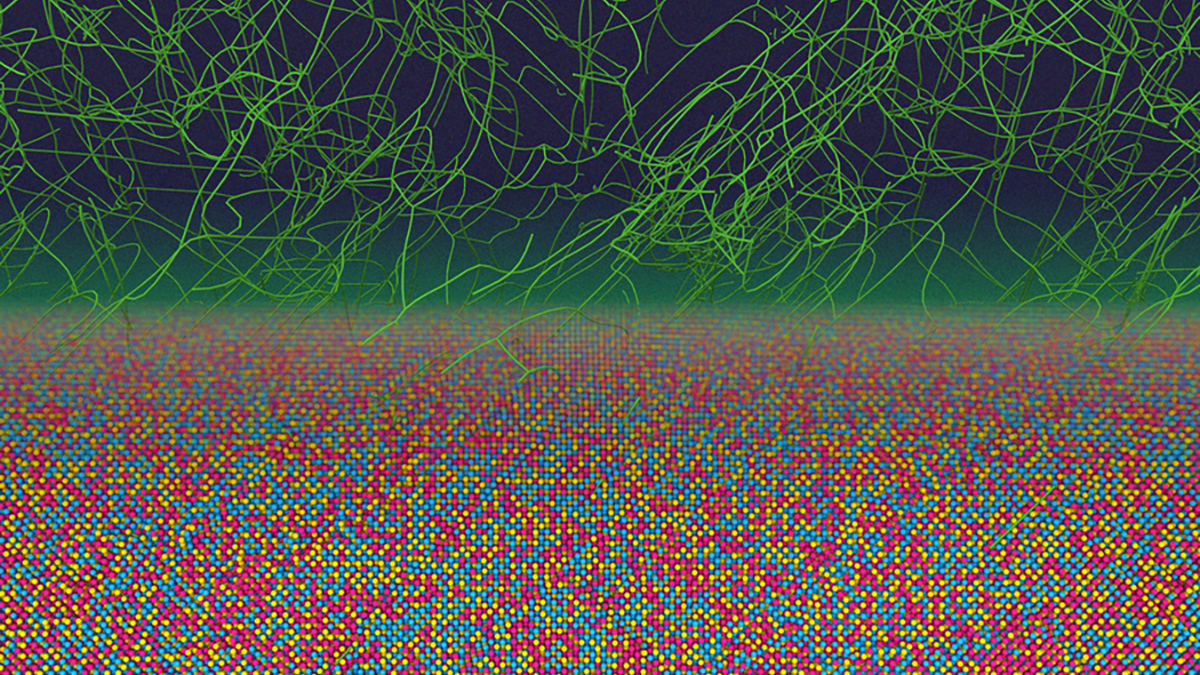A buried wedge of stiff mantle rock might be the reason why the Himalayas and the Tibetan Plateau have stayed so high for tens of millions of years. A new study suggests that this hidden layer, squeezed between the Indian and Asian crusts, works like an internal brace that keeps the “roof of the world” from sinking.
The idea, led by Pietro Sternai from the University of Milano Bicocca, marks a big shift in how scientists think about what’s going on deep under Earth’s tallest mountains. For more than a hundred years, researchers believed that a thick stack of continental crust was doing all the heavy lifting. But that theory never quite explained how these mountains stay so tall, especially since deep rocks tend to soften over time.
Seismic Steps Reveal Something More Rigid Below
By using seismic receiver functions, tools that help map what’s going on deep beneath the Earth’s surface, researchers have picked up a double seismic step in southern Tibet again and again. This strange signal had confused scientists for years, but now it seems to have a clear explanation. Earth.com reports, that the two steps match up with the top and bottom edges of a rigid mantle layer squeezed between two slabs of continental crust.
Evidence from the surface backs this up. Mantle xenoliths, chunks of deep rock brought up by Miocene ultrapotassic lava, show that there’s real mantle material sitting beneath the plateau. The makeup of these rocks fits with the idea that lighter Indian crust pushed its way under a stronger Asian layer, trapping a thick, solid slice of mantle in between.
Sternai’s team believes this hidden wedge could be the missing link: a structure strong enough to help support the Himalayas and also explain some of the region’s geological oddities, like deep brittle earthquakes and unexpected pressure patterns inside the crust.

The Case For A Buried Mantle Brace
The model proposes a mechanism known as viscous underplating, where the lower part of the Indian crust detaches, rises slowly, and welds itself beneath the Asian lithosphere. That process results in a sort of architectural brace, a combination of buoyant crustal uplift and mantle stiffness, which helps resist the outward flow of softened rock and prevents structural collapse.
This support system allows crust to contribute elevation without demanding that soft rocks bear all the stress. “You can’t build a mountain on top of yogurt,” Sternai told Earth.com, emphasizing the need for rigidity at depth. The hybrid setup fits physical models better than previous theories based on crustal thickness alone.
The data also help account for clusters of deep earthquakes in southern Tibet. These seismic events, occurring at depths where rocks should normally deform smoothly, suggest the presence of a strong, brittle layer still capable of fracturing, exactly what a mantle wedge would produce.

Why The Tibetan Plateau Hasn’t Sunk — Yet
Earlier theories suggested that lower crustal material was slowly spreading out beneath the region. But that idea didn’t quite hold up when it came to explaining the plateau’s actual thickness and strength. The report points out that this new idea of a locked-in mantle brace gives a clearer, more complete picture.
There are other takeaways too. Having a more rigid structure underneath could explain why some parts of the plateau rise faster than others, or why erosion happens differently from place to place. It might even affect long-term monsoon patterns. Rather than the crust stretching and flowing like warm taffy, the model suggests it’s rising along a sturdy, well-defined structure.
Of course, more work needs to be done. Scientists will need better seismic images and more rock samples to pin down exactly where this mantle insert sits and how it behaves. Still, the model already helps bring together a bunch of previously scattered clues, like deep earthquakes, surface rock data, and unusual seismic signals, into one solid, logical explanation.
Source link

